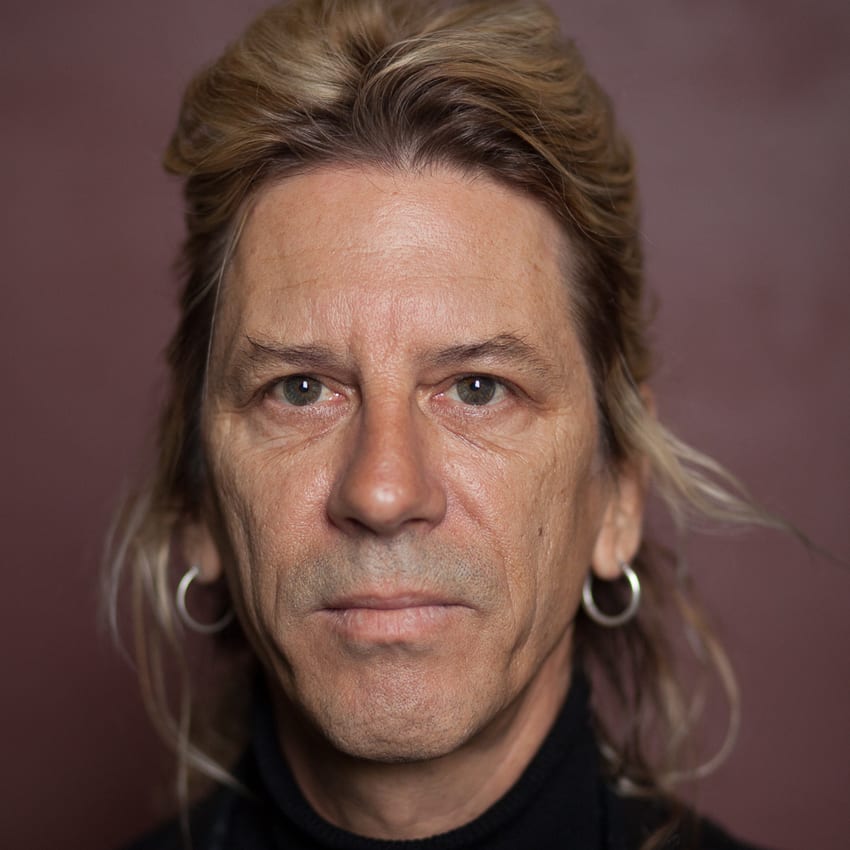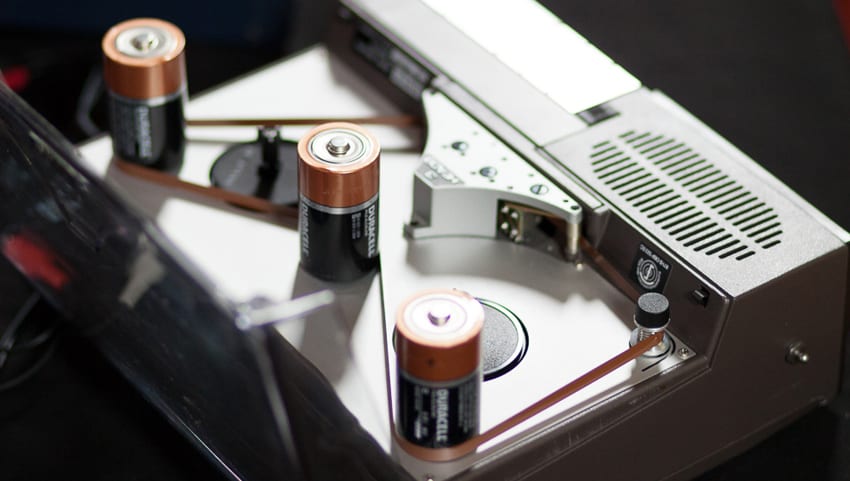
Given the type of music he makes – glacial, fathomless slices of ambience whose themes include decay and the nature of time – it was a surprise that William Basinski walked onstage like a seasoned rockstar. Sporting a black sequined jacket and shades despite the hallowed gloom of Highbury’s Union Chapel, Basinski pulled out a microphone and cracked a joke before telling the crowd that he loved us all. If I hadn’t known any better, I would have expected a searing guitar riff to follow that introduction.
But Basinski’s instrument of choice isn’t a guitar. It’s a reel-to-reel tape deck. Using two of these and a laptop, Basinski plays slow, wounded loops of sound, subtly tweaking the atmospherics and gently introducing new elements at irregular intervals. It’s music that forces you to zone either way in or way out, a fact reflected by the crowd in the Chapel’s pews: some hunched, staring with impossible concentration, others slumped over, apparently asleep.
"The sound may be almost the same at each recurrence, but how you respond to it changes over time."
Basinski has been experimenting with tapes for a long time. He spent decades toying with analogue devices in America, living a bohemian artist’s life from coast to coast. Then his life changed dramatically with the release of “The Disintegration Loops“, a series of albums inextricably linked with its context around 9/11, whose deteriorating loops hinted that music, too, is mortal.
Since those breakthrough releases Basinski has released new albums of material most years, which continue to interrogate subtle variations in sonic texture. Brian Eno once said that “repetition is a form of change”, and this idea breathes through Basinski’s music: the sound may be almost the same at each recurrence, but how you respond to it changes over time.
Last night Basinski was performing the UK debut of a new piece, entitled “A Shadow In Time“. As conceptually fascinating as his work is, it was unclear exactly how it was going to transition to a live experience. Questions arise – will the lack of change prove tedious in the flesh? If he’s just playing a loop and letting it decay, to what extent are we even watching a ‘live performance’? Yet as soon as he took to the stage these questions vanished: Basinski’s music attained new subtlety and power when performed in the gothic, candlelit church.
"If he’s just playing a loop and letting it decay, to what extent are we even watching a ‘live performance’?"
One huge difference was volume. The excellent soundsystem at Union Chapel allowed the sub-bass to throb through our bodies, while minute additions to the arrangement such as a jangly guitar or a piston-like sibilance were broadcast in wide screen with all the impact of a freight train. As Basinski cycled through three distinct sections, each with their own colour and smudged, hollowed melodies, he would occasionally stand back and just take it in, rapt.
At those moments, Basinski’s manner and introduction started to make sense. Just like many other musicians who defiantly do things their own way, the man clearly loves the music he makes, which is abstract enough to be utterly malleable in its interpretation or profundity, a unique experience for each listener. He is kind of a rockstar.
- All photos by Ben Millar Cole taken at St John Sessions with William Basinski (2013).

